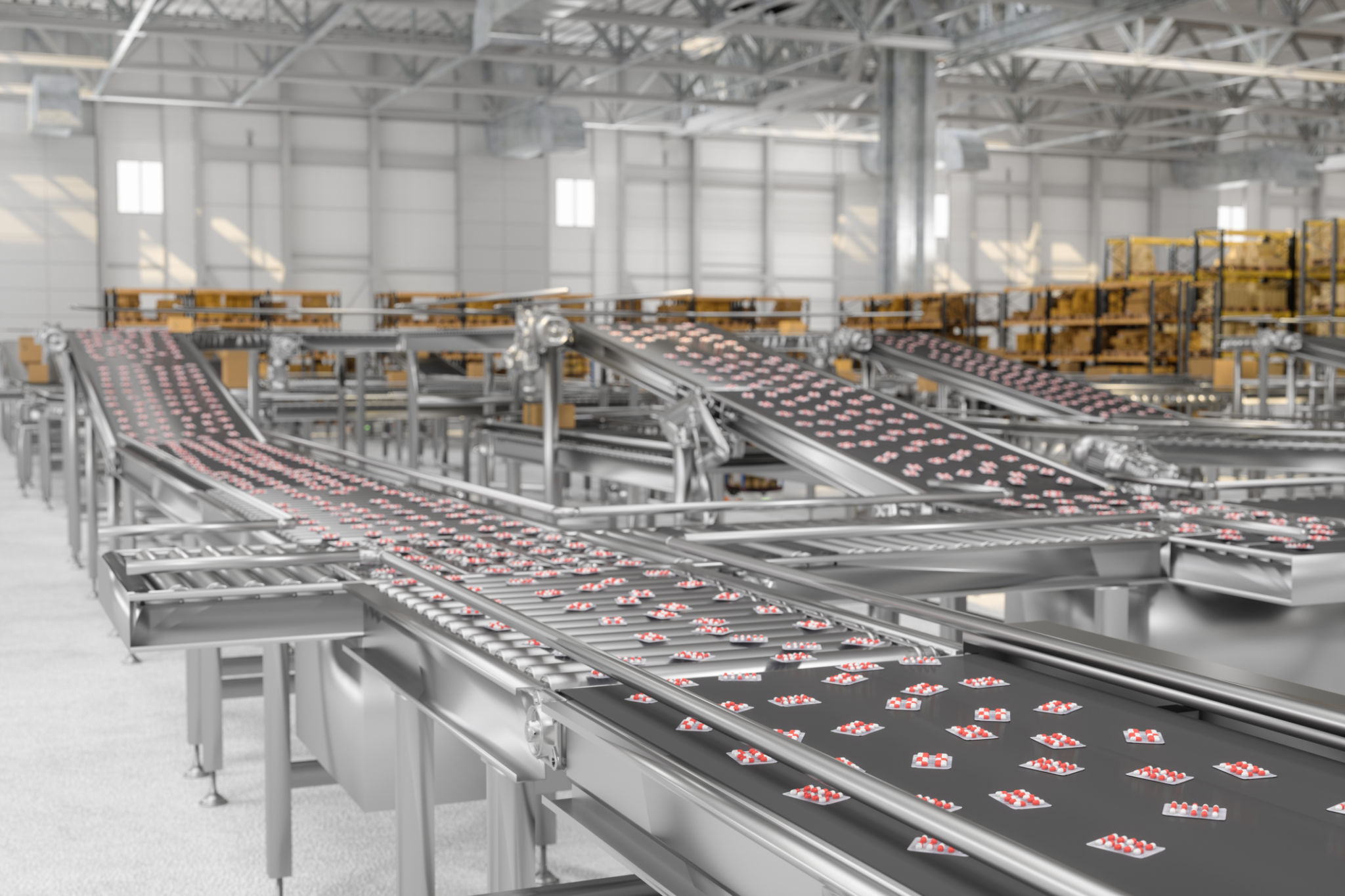Comparing Traditional Manufacturing vs. 3D Printing for Prototypes
Introduction to Traditional Manufacturing and 3D Printing
In the world of prototype development, the choice between traditional manufacturing and 3D printing can significantly impact the efficiency, cost, and quality of the final product. Both methods have their own advantages and limitations, making it crucial for businesses to understand their differences before making a decision.

Traditional Manufacturing: The Established Method
Traditional manufacturing techniques like injection molding, CNC machining, and casting have been the backbone of prototype production for decades. These methods are known for their reliability and ability to produce high volumes of prototypes with consistent quality.
However, traditional manufacturing often involves longer lead times due to the need for creating molds or tooling. This can delay the development process, especially when multiple iterations are required. Additionally, the initial setup costs can be quite high, making it less suitable for small-scale projects.
The Rise of 3D Printing
3D printing, or additive manufacturing, has revolutionized the way prototypes are produced. This technology allows for rapid prototyping by building objects layer by layer from a digital model. One of its key advantages is the ability to create complex geometries that would be difficult or impossible with traditional methods.

Moreover, 3D printing offers flexibility in design changes without the need for expensive retooling. This makes it an attractive option for startups and companies that require frequent design modifications. However, it's important to note that 3D printing may not always match the material properties and surface finish achievable through traditional methods.
Cost Considerations
When it comes to cost, the scale of production plays a crucial role. Traditional manufacturing is often more cost-effective for large production runs because the cost per unit decreases as volume increases. Conversely, 3D printing is more economical for small batches or single prototypes due to lower initial setup costs.
Businesses must weigh these factors carefully to determine which method aligns with their budget and production needs.

Speed and Efficiency
The speed of production is another critical factor. 3D printing can significantly reduce lead times by eliminating the need for tooling, allowing prototypes to be produced within days rather than weeks. This is particularly beneficial in industries where time-to-market is crucial.
Traditional methods, while slower in initial setup, can produce multiple copies simultaneously once the tooling is completed, which can be advantageous for larger orders.
Conclusion: Choosing the Right Method
Ultimately, the choice between traditional manufacturing and 3D printing depends on various factors including project scale, budget, design complexity, and production timeline. Both methods have their own strengths, and often a hybrid approach that combines elements of both can provide the best results.
As technology continues to evolve, staying informed about advancements in both traditional and 3D printing techniques will empower businesses to make well-informed decisions that enhance their prototyping processes.